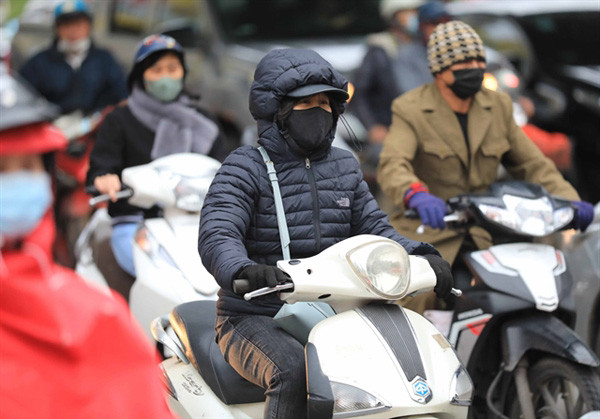
Severe cold could occur next month and the first half of February, according to the National Centre for Hydro-Meteorological Forecasting (NCHMF).
Nguyen Van Huong, head of the Weather Forecast Division under the NCHMF, said that the average temperature this month could be lower than the previous years by half a degree. Temperatures next month will be similar to previous years.
"This is the third continuous year Vietnam has been affected by La Nina. This phenomenon is rare because the usual cycle is two years. It is forecast that the number of typhoons will increase and the total rainfall is also higher than the average of many years,” said Huong.
Explaining why winter came later this year, Huong attributed it to climate change. The amount of greenhouse gases in the atmosphere nowadays has already made the earth one degree Celsius warmer than it was in the mid-century, she said.
This means that in the future, there could be many warm winters.
Studies show that temperature-related phenomena occur more in frequency and intensity. Deep cold spells in a warm winter are still possible.
"A severe cold spell occurred for 39 days in 2008 in the northern region and large-scale snowfall in 2016. These phenomena can re-occur in the future", Huong said.
This week, it is forecast that between now and Friday, the region from Thua Thien-Hue to Ninh Thuan Province will experience rain of 50-120mm, with more than 200mm falling in several places.
On Thursday, Central Highlands and the southern region can have 20-40mm of rain and more than 70mm in some places. The region can see whirlwinds, lightning and strong winds.
Rivers from Thua Thien-Hue to Khanh Hoa Province can have floods with warning levels one or two issued (five is the highest).
Source: Vietnam News